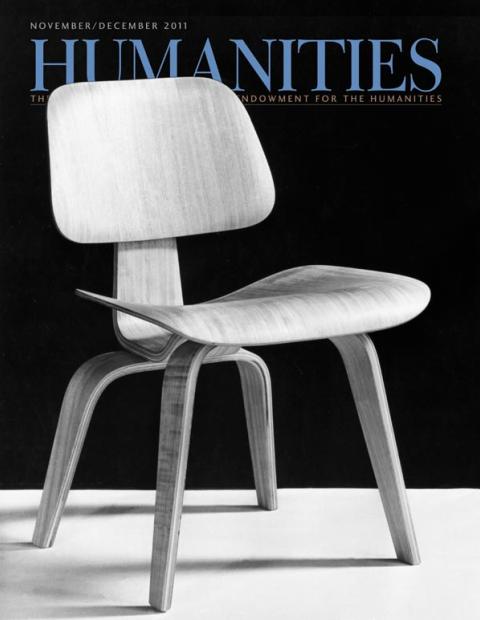WASHINGTON In 1919, a year before American women were given the right to vote, Margaret Bourke-White wrote in her diary, “I want to do all the things that women never do!” Just ten years later, she was hired as the first photographer for Fortune magazine. As a trailblazer in the nascent field of photojournalism, Bourke-White became a person of many firsts, including having her photograph of the Fort Peck Dam appear on the first cover of the freshly released Life magazine in 1936, being the first Western photographer allowed into the Soviet Union, the first woman to fly with a U.S. combat mission, and the first woman allowed to fly in a B-47 bomber.
“Her accomplishments would have been significant in any historical time, no matter who had done them—the fact that she was a woman in those very early prefeminist years makes them all the more remarkable,” says author and professor Lynne Iglitzin. Iglitzin, who is also a distant relative of White’s, presents “Trailblazing Photojournalist: Margaret Bourke-White,” a Speakers Bureau program of Humanities Washington, at the Spokane Valley Library and North Spokane Library on November 5, Ellensburg Public Library on November 10, and the Richland Public Library on November 17.
Bourke-White took an interest in photography at an early age alongside her father, Joseph, an amateur photographer, who often used Margaret as his assistant, to help develop pictures in their bathroom. At fifteen, Bourke-White turned a summer job as a camp counselor into a photography business by photographing the campers next to their bunks and sending the printed cards to the campers’ families for five cents a card. “She was so successful in this first endeavor that she ended up printing two thousand cards by the end of the summer,” says Iglitzin.
After graduating from Cornell University with a degree in biology, Bourke-White moved to Cleveland, an industrial metropolis, and opened her own photography studio, relying on Cornell alumni and architects for freelance jobs, eventually landing a commission from the Otis Steel Company in 1929. That same year, publisher Henry Luce was getting ready to launch Fortune, a beautiful new glossy he proclaimed would convey “the dignity and the beauty, the smartness and excitement of modern industry.” Luce had seen Bourke-White’s steel mill photographs and was captivated by a headline that ran in the New York Sun: “Dizzy heights have no terror for this girl photographer, who braves numerous perils to film the beauty of iron and steel.”
Luce hired Bourke-White as the first photographer for Fortune. Her immediate assignment was photographing the Swift meatpacking plant in Chicago. She explored every aspect of meat processing, with its bloody working conditions and stench, going to dangerous lengths to get the perfect shot. An article for Fortune entitled “Hogs” cemented Bourke-White as a leader in her field.
Bourke-White’s lens shifted remarkably in the 1930s. “She left behind her focus on the machine, and came to recognize and to record the power of individuals,” says Iglitzin. In 1936, Luce hired Bourke-White as one of four photographers for Life, with one of her photographs gracing the first cover.
Bourke-White was a fearless photographer, doing whatever it took to get the shot. She chartered small planes to photograph droughts and floods in the Southwest, often insisting the pilot leave the side door open so she could hang out and get a better shot. She climbed out of her studio on the sixty-first floor of the Chrysler Building and perched atop a steel eagle eight hundred feet above the street to get a bird’s-eye view of the city. She photographed Gandhi just hours before his assassination, traveled with General George S. Patton through a crumbling Germany as he liberated the Buchenwald concentration camp; she was torpedoed in a ship off the coast of Africa, and journeyed deep into South African mines. For these feats of daring, her colleagues called her “Maggie the Indestructible.”
Bourke-White was diagnosed with Parkinson’s disease in 1952, and remained a senior photographer at Life until 1969, dying of the disease in 1971.
Iglitzin says she has made a personal connection to the world-famous photographer. “Bourke-White’s name was often spoken of in awe around the dinner table at one or more family holidays. My father’s family, the Whites, talked about cousin Margaret. Of course, she was a very distant relative of mine, and one whom I had never met, but one who made all of us proud.”
Iglitzin adds, “She became perhaps the best-known American photographer in the twentieth century. Through her photos, thousands were able to witness world events. The fact that she was a woman doing these things, at a time when women were expected to focus on home and family, is perhaps the most impressive thing of all.”

